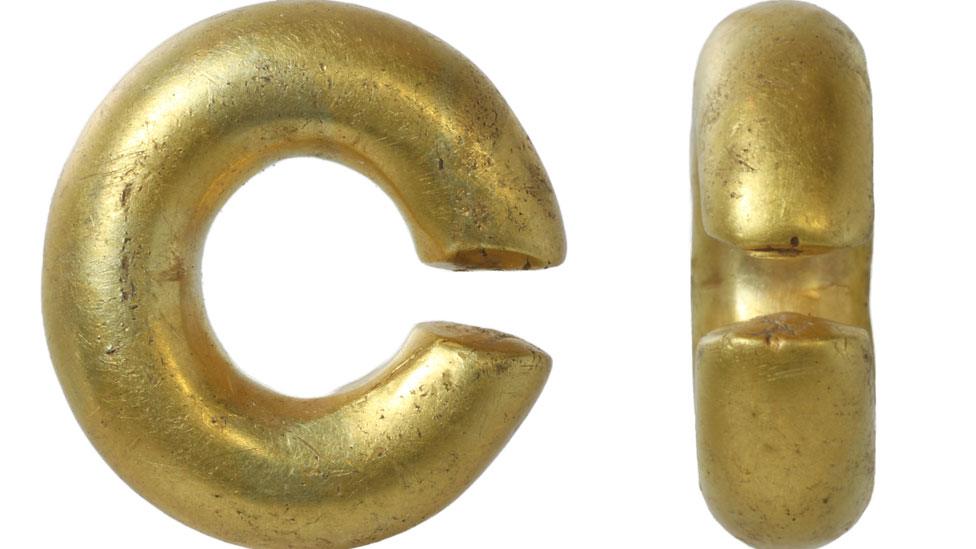Centuries-old ring found 'gleaming in the sunshine'

The Gawdy ring, which is in a very good condition, includes a depiction of a tiny skull - believed to be a reminder of mortality
- Published
A metal detectorist has discovered a gold mourning ring dating from the 18th Century "gleaming in the sunshine".
Malcom Weale, 53, unearthed the ring in a field near Thetford, in Norfolk, in August.
The piece of jewellery, linked to an ancestor of Gawdy Hall Estate in Harleston, is believed to have been created in memory of Sir Bassingbourne Gawdy, the 3rd Baronet of Harling, who died in a hunting accident in 1723, aged 56.
Describing the moment he spotted it, Mr Weale said: "I knew this was something very special and I did a bit of a dance."
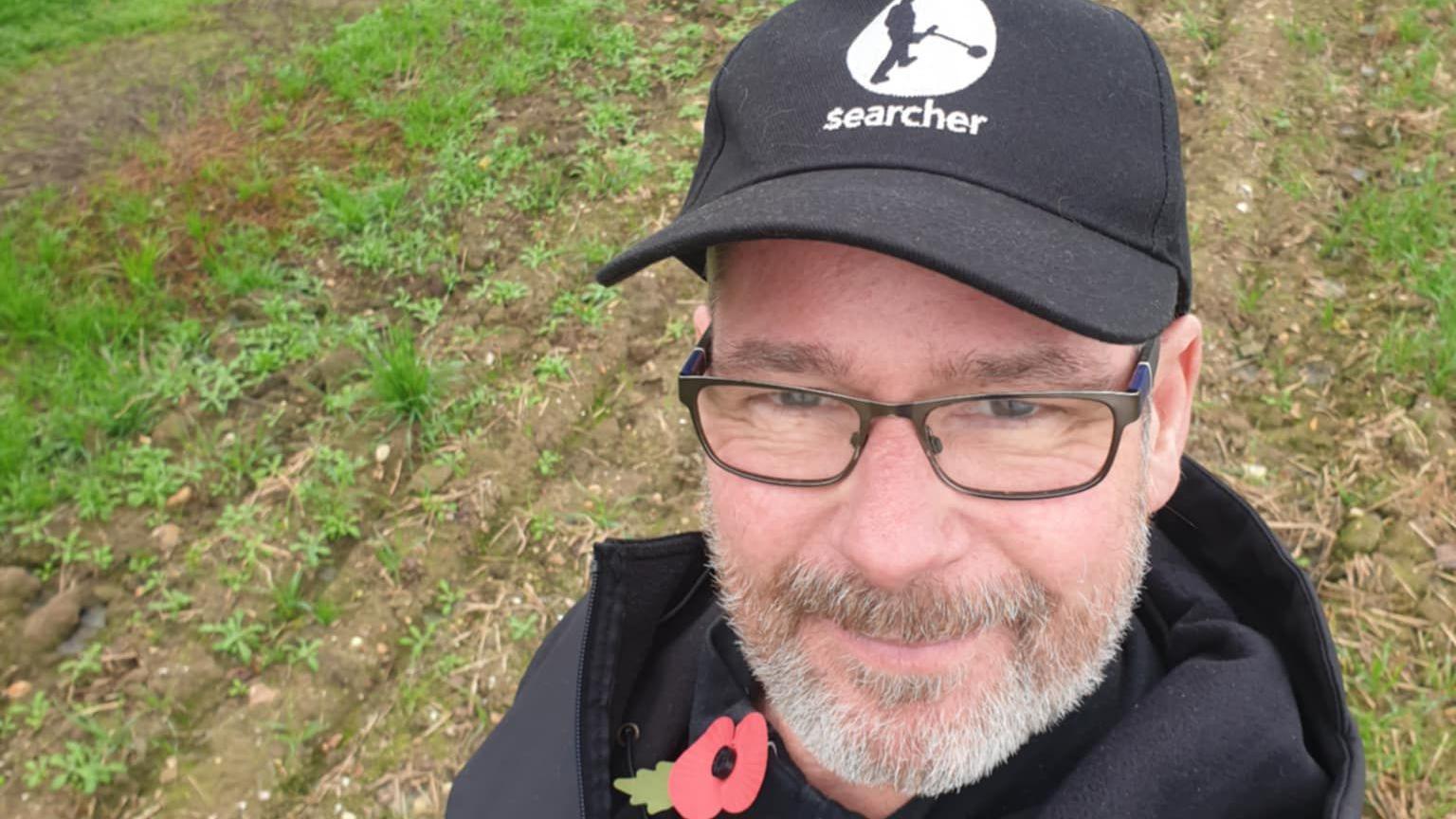
Malcom Weale said his discovery on 9 August "turned out to be one of my best days"
Mr Weale, who has been a detectorist since he was seven years old, found the piece, that was crafted in gold and enamel, after searching the area for 18 months.
He also discovered "some medieval silver coins from King Stephen to Henry VII, some modern coins, some vape ring pulls and shotgun caps".
The ring has been declared treasure at Norfolk Coroner's Court and will now be taken to the British Museum for valuation, to see how much money the finder and landowner will get.
Mr Weale said: "Over the years I've found all sorts of treasures including a hoard of late Roman coins, gold rings and jewellery.
"Last year was a particularly good year for detecting as, thanks to the rainfall, the moisture levels in the ground were very high.
"With metal detecting you can spend days, weeks or months searching, or sometimes just 20 minutes and make an amazing discovery."
'Six inches down in the mud'
On the day of the discovery, he said: "There it was, a glint of pure gold, shiny as the day it was dropped, six inches down in the mud.
"It's very rare to put a name to anything you find, but I knew this was something very special and I did a bit of a dance, external."
He also discovered "a gold memorial ring, a medieval silver ring fragment, and the first and only Viking penny minted for Guthrum - a Viking warlord who became the first Viking king to convert to Christianity and ruled East Anglia in the 870s".
The Gawdy family is believed to have been descended from Sir Brews Gawdey, a French knight who was captured during the Hundred Years War.
After being taken prisoner in 1352, it appears he was naturalised and settled in Suffolk, although the Gawdy Hall estate is just north of the River Waveney in Norfolk.
Get in touch
Do you have a story suggestion for Norfolk?
Follow Norfolk news on BBC Sounds, Facebook, external, Instagram, external and X, external.
You might also be interested in
- Published8 November 2017
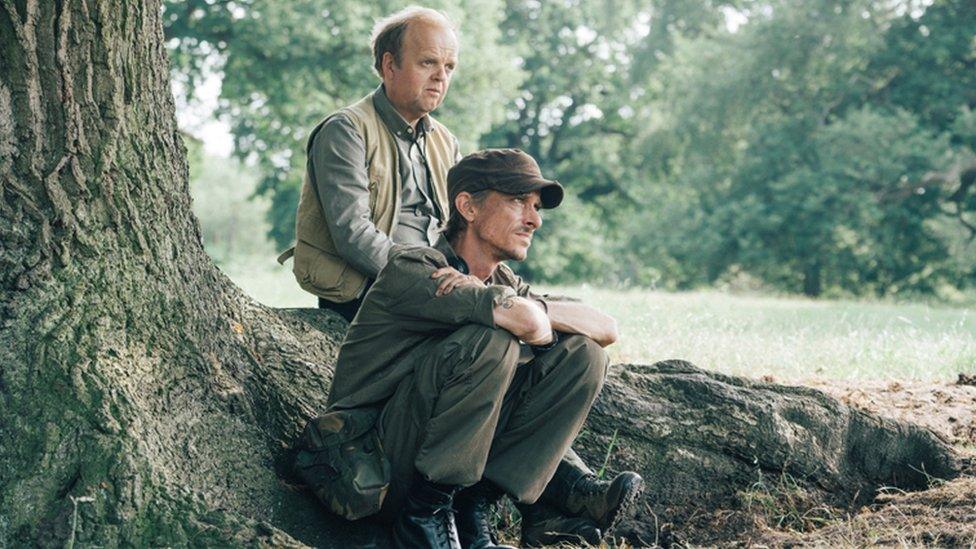
- Published2 September 2024
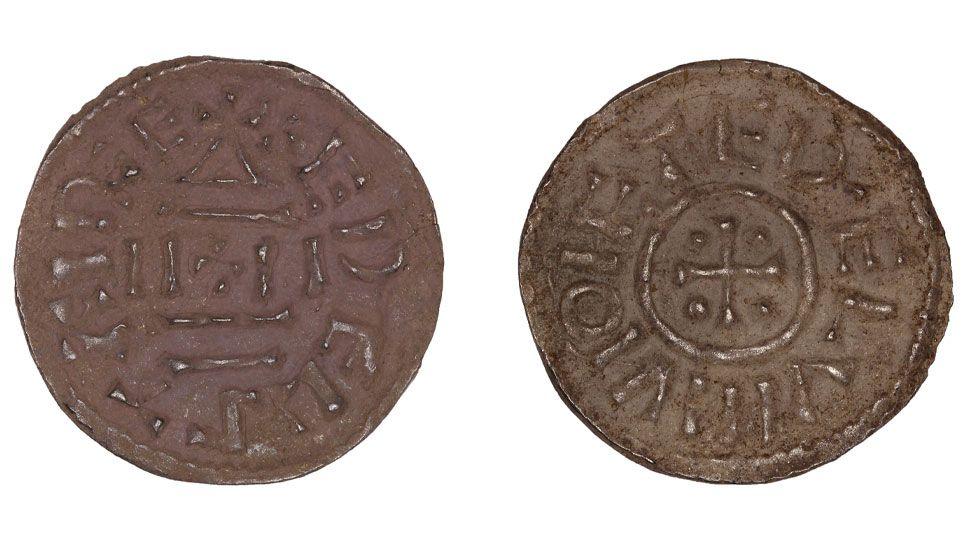
- Published17 May
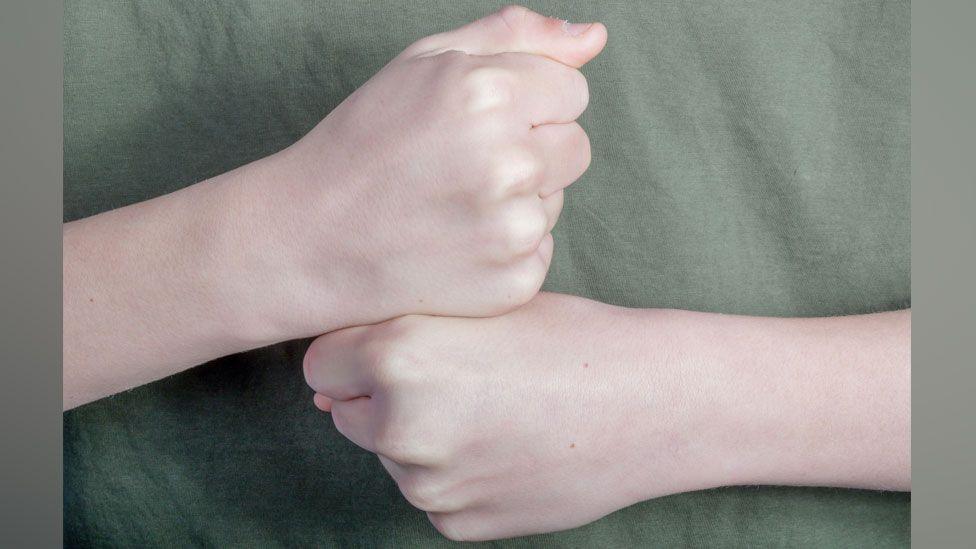
- Published27 March
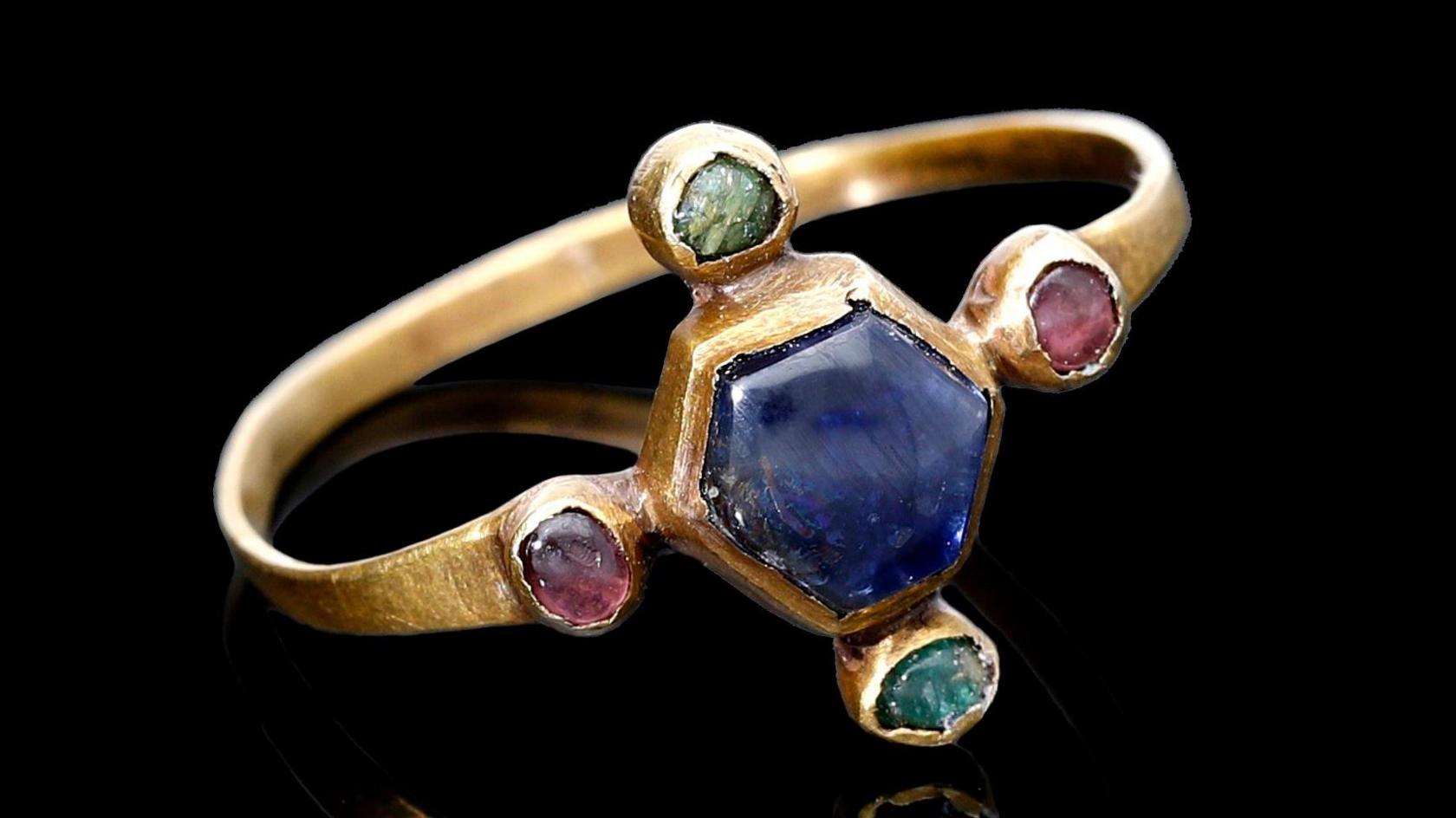
- Published29 December 2024
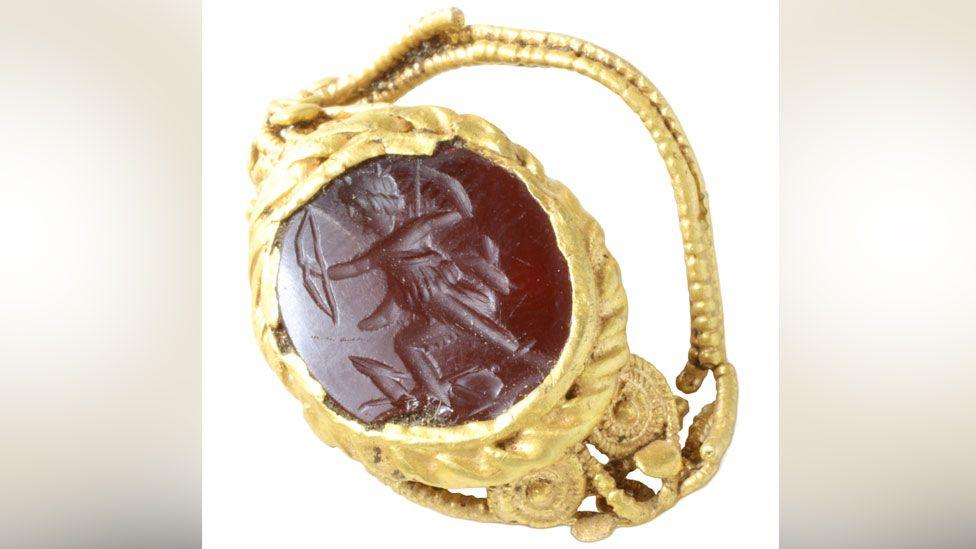
- Published12 March 2023
